Introduction: Navigating the Colorful Minefield
Colored gemstones—from sapphires and rubies to emeralds and tourmalines—offer a dazzling alternative to traditional diamonds. They are unique, expressive, and often hold greater intrinsic appeal. However, the world of colored stones is far more complex and less standardized than the diamond market. This lack of uniformity, coupled with sophisticated treatments and deceptive marketing, creates ample opportunity for unwary buyers to make costly mistakes.
To protect your investment and ensure you get the genuine quality you pay for, here are the top five mistakes every buyer must avoid.
Mistake 1: Ignoring the Treatment Disclosure (The "Heated vs. Unheated" Trap)
The single biggest difference in price and rarity for many colored stones (especially rubies and sapphires) lies in whether the stone has been treated.
The Buyer's Blind Spot:
Many first-time buyers mistakenly confuse the term "treated" with "fake." Conversely, some sellers fail to fully disclose that a common, accepted treatment has been applied, or they use vague terms.
-
Standard Treatment (Heating): The vast majority (90%+) of rubies and sapphires are heat-treated (heated) to improve clarity and color saturation. This is widely accepted, stable, and permanent, but it significantly reduces the stone's value compared to a genuinely unheated stone of similar quality.
-
Complex Treatments (Beryllium or Fracture Filling): Treatments such as beryllium diffusion or lead-glass filling (often used in low-grade rubies) are considered less stable and more drastic, dramatically reducing the value and durability.

How to Avoid This Mistake:
-
Demand Full Disclosure: Always ask: "Has this stone undergone any treatments, and if so, what kind?"
-
Check the Certificate: Ensure the grading report (from a reputable lab like GIA or AGSL) explicitly states the presence or absence of treatment. If a high-value sapphire is Unheated, the certificate is mandatory.
Mistake 2: Prioritizing Carat Weight Over Color and Saturation
In the world of diamonds, weight (carat) is key. In colored gemstones, Color is King.
The Buyer's Blind Spot:
A 3-carat stone might seem like a better deal than a 2-carat stone, but if the 3-carat gem is dark, muddy, or poorly saturated, the 2-carat stone with exceptional, vivid color will be far more valuable and beautiful.
-
Saturation is Critical: Saturation (the intensity and purity of the hue) is the most important factor in a colored stone's value. A "Royal Blue" sapphire is worth exponentially more than a dark, inky blue sapphire, even if the latter is larger.
-
The "Window" Effect: Be wary of stones that have a "window," where light passes straight through the middle, making the center look washed out or colorless. This is a flaw in the cut, regardless of the carat weight.

How to Avoid This Mistake:
-
Inspect Under Different Lights: Look at the stone under natural daylight, fluorescent light, and spot lighting. A high-quality stone should maintain its color vibrancy under all conditions.
-
Focus on the Core Value: Ask yourself, "Is the color vibrant, rich, and consistent across the stone?" If the answer is yes, then size becomes a secondary factor.
Mistake 3: Relying on Fancy Gem Names Without Understanding Species
The jewelry trade often uses beautiful, romantic names to describe colors or origins, which can be highly misleading about the stone's actual species and value.
The Buyer's Blind Spot:
A seller might market a stone as "African Emerald," "Pondicherry Ruby," or "Peruvian Sapphire." These names can be confusing or simply describe the color rather than the actual chemical composition.
-
Example: "Green Amethyst": This stone is actually Prasiolite, which is a heat-treated quartz. Calling it "Green Amethyst" is a marketing tactic that can inflate its perceived value.
-
Example: "Rubellite": This term is often correctly used to describe a pink-to-red tourmaline, but sometimes lesser pink gems are mislabeled as Rubellite to increase appeal.
How to Avoid This Mistake:
-
Know the Species: Always ask for the Gem Species (e.g., Corundum, Beryl, Quartz).
-
Verify Origin (Sourcing): While "Burmese Ruby" sounds prestigious, ask for proof (certificate) that the gem actually came from the Mogok Valley, or you are simply paying a premium for a regional name.
Mistake 4: Purchasing Without a Reputable Grading Report
For any colored stone over $1,000$, the lack of an independent grading report from a respected laboratory is a massive red flag.
The Buyer's Blind Spot:
Many sellers claim their own "in-house certificate" or an unverified "certificate of authenticity" is sufficient. These documents are worthless in a resale market and may be biased.
-
Who to Trust: The most respected global labs are the Gemological Institute of America and the American Gem Society Laboratories. Other reputable international labs include SSEF and Gübelin (especially for high-end rubies and emeralds).
-
The Report's Function: A professional report ensures that an unbiased third party confirms:
-
The stone's identity (Is it a genuine sapphire or glass?).
-
The origin (Where was it mined?).
-
The treatment status (The most crucial factor in valuation).
-

How to Avoid This Mistake:
-
Insist on GIA or Equivalent: If the stone is high-value and lacks a GIA report, request that the seller send it to the lab for verification before finalizing the purchase. If they refuse, walk away.

Mistake 5: Neglecting the Gemstone’s Hardness and Durability
A beautiful stone that is too soft for its intended setting is a wasted investment and a heartbreak waiting to happen.
The Buyer's Blind Spot:
Focusing only on color and size, buyers often choose stunning but delicate stones for high-impact jewelry like engagement rings.
-
Mohs Hardness Scale: This scale, from 1 (softest) to 10 (hardest, diamond), measures a stone's resistance to scratching.
-
Rings Need $7.5$ or Higher: For daily wear jewelry, especially engagement rings, you should stick to stones with a minimum hardness of 7.5 or 8 on the Mohs scale.
-
Safe Choices (8+): Sapphires, Rubies (9), Spinel, Moissanite (9.25).
-
Risky Choices (Under 7.5): Opal (5.5-6.5), Tanzanite (6-7), Emerald (7.5-8, but prone to cleavage/fractures).
-

How to Avoid This Mistake:
-
Match Stone to Setting: If you fall in love with a softer stone (like Opal or Tanzanite), reserve it for low-impact jewelry like pendants, earrings, or cocktail rings that are worn occasionally.
-
Know the Weaknesses: Even hard stones like Emeralds are prone to cleavage (breaking along internal planes), meaning they require protected settings (like bezel or halo settings).

Conclusion
Buying a colored gemstone should be an exciting and rewarding experience. By understanding the core pitfalls (fully verifying treatment, prioritizing vivid color over size, knowing the true species, demanding independent lab reports, and respecting the stone's hardness), you empower yourself to make a wise purchase that you will cherish for a lifetime.
Your best defense is knowledge. Happy hunting!
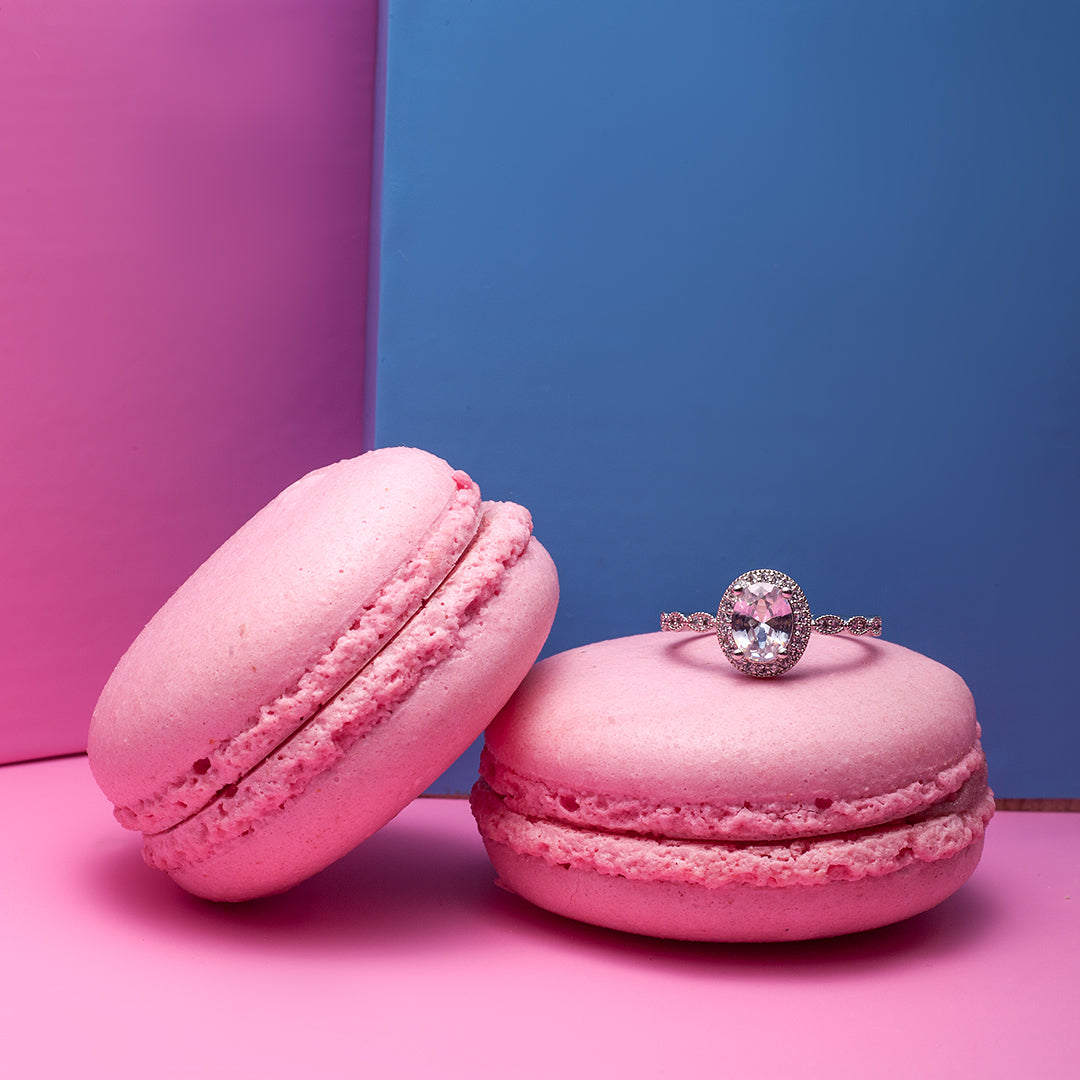
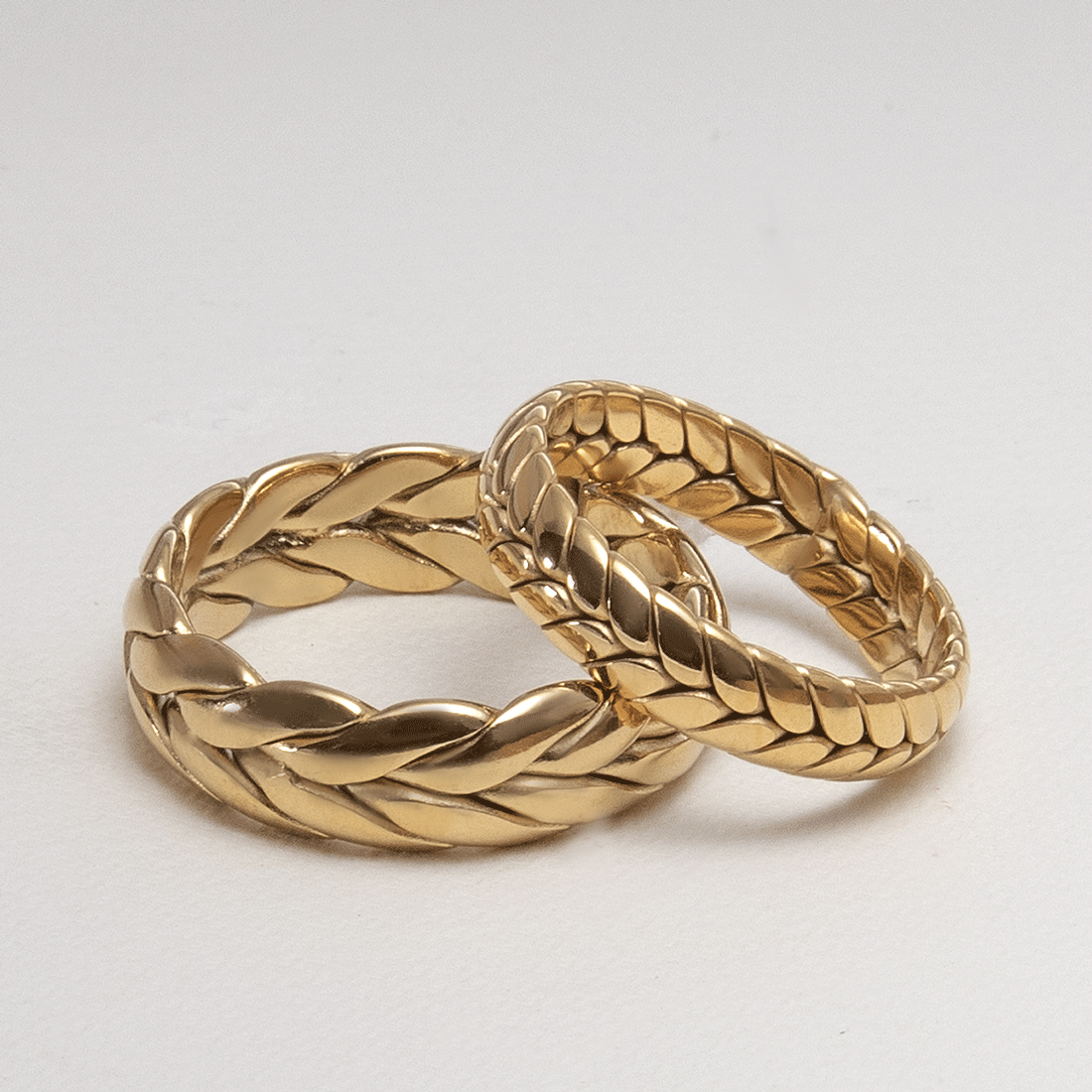
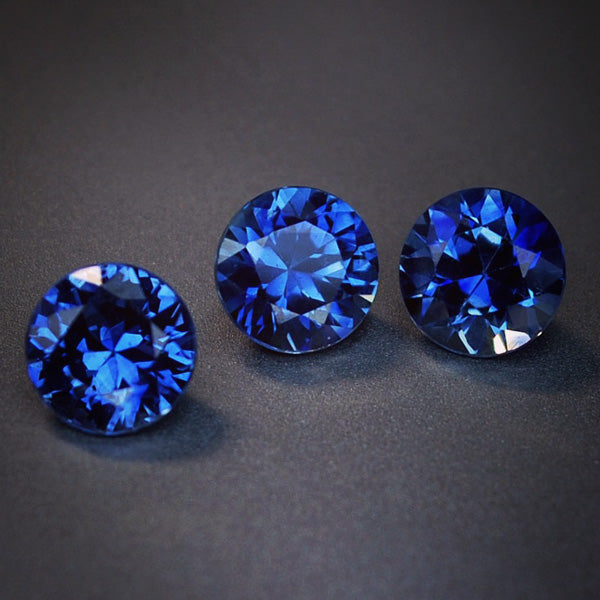
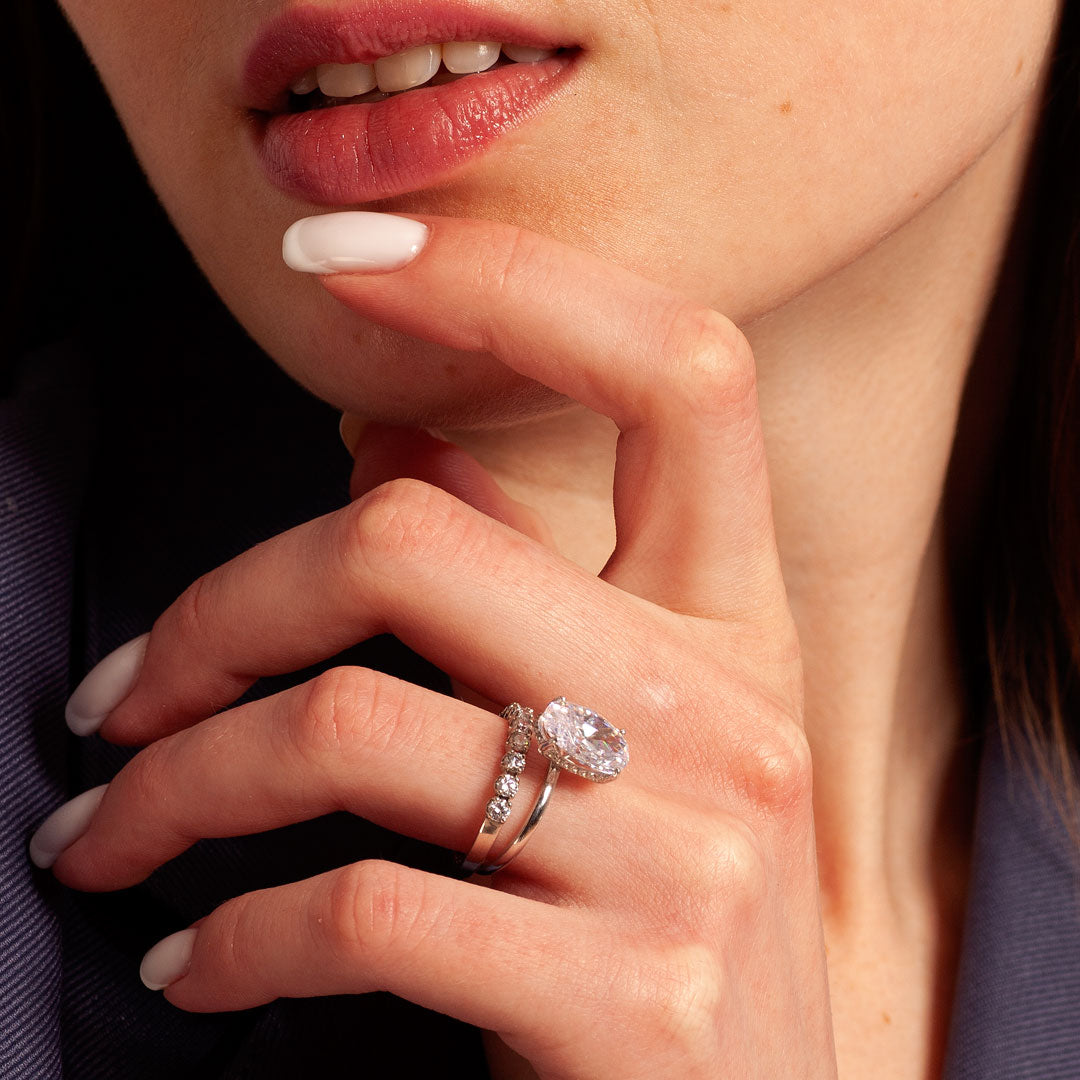
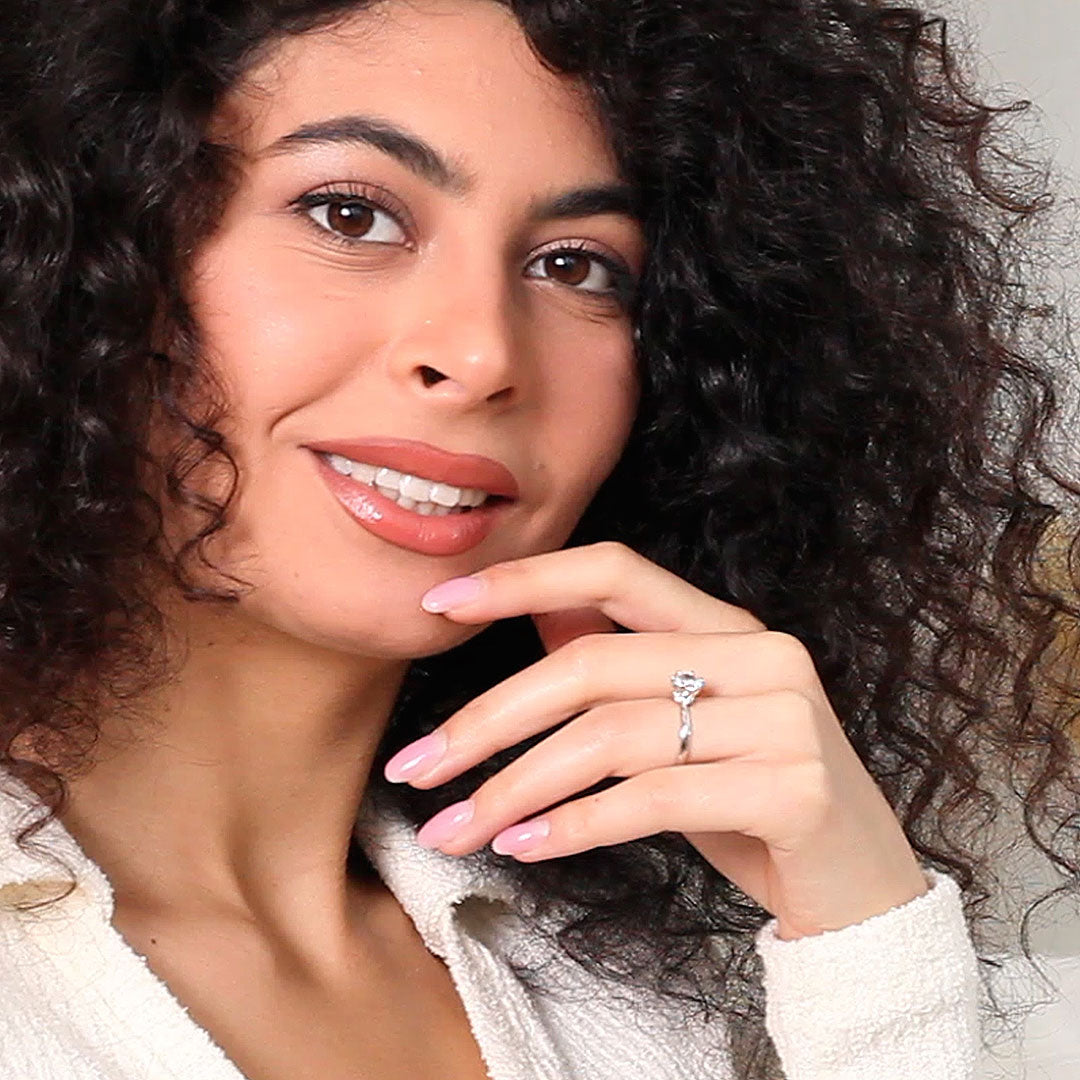
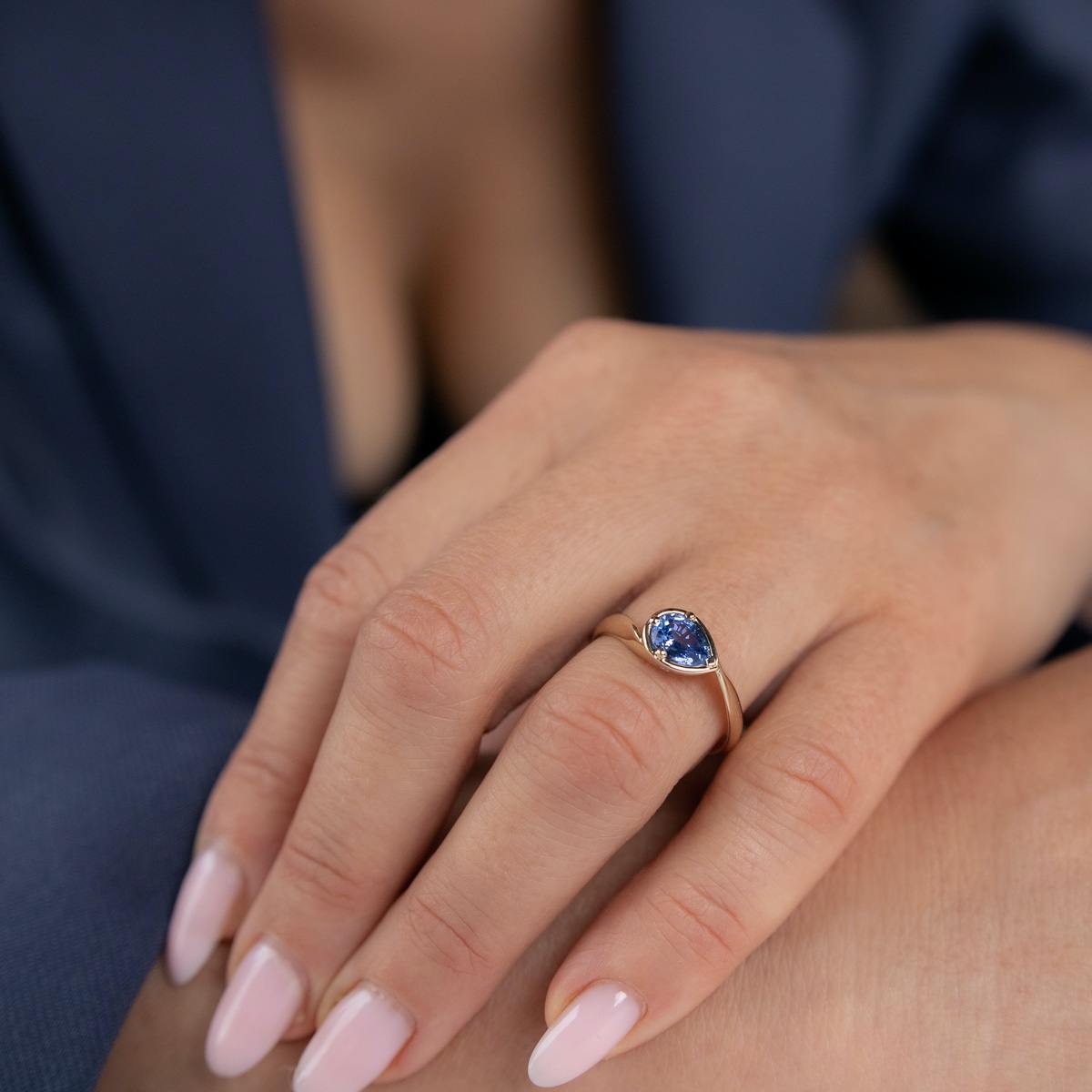
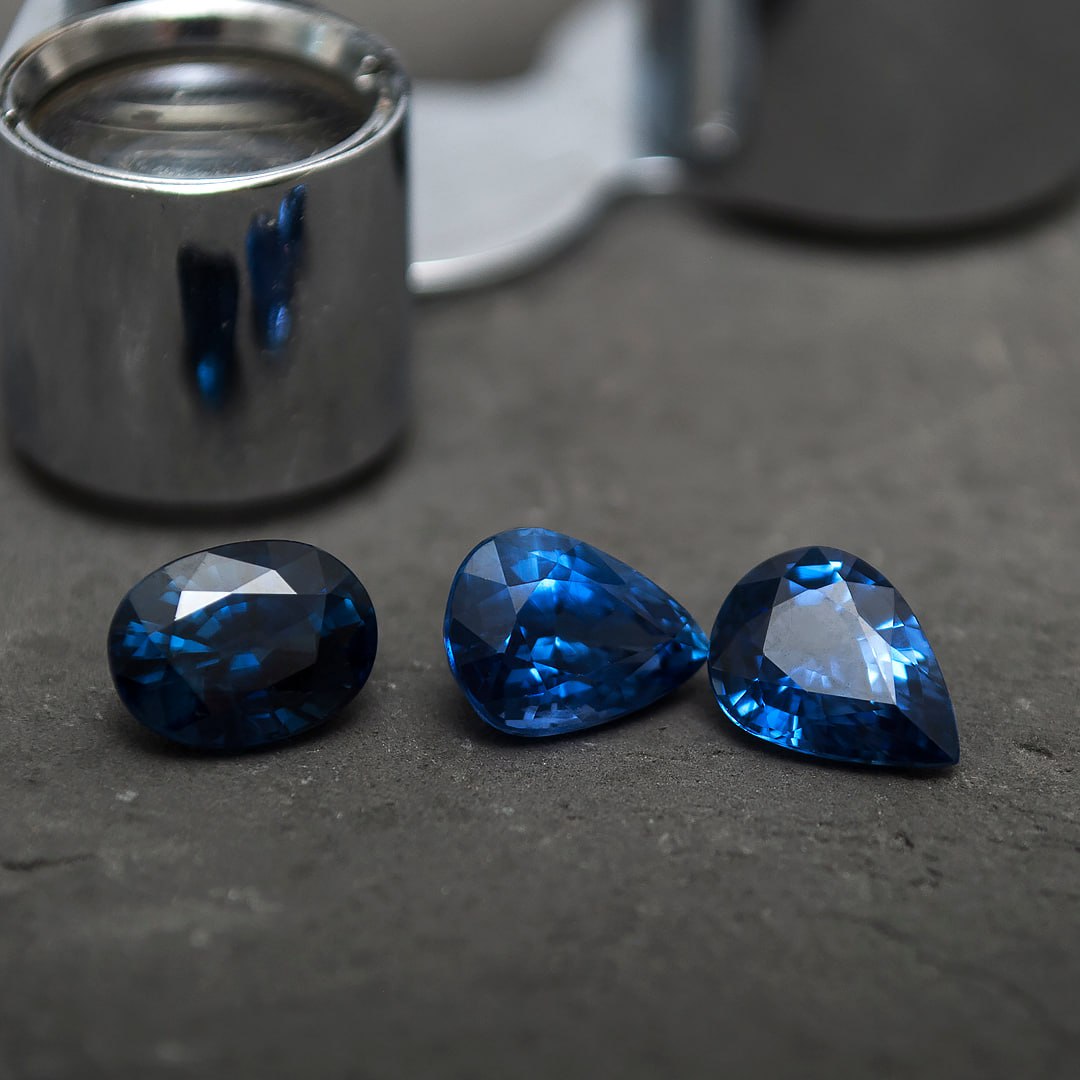
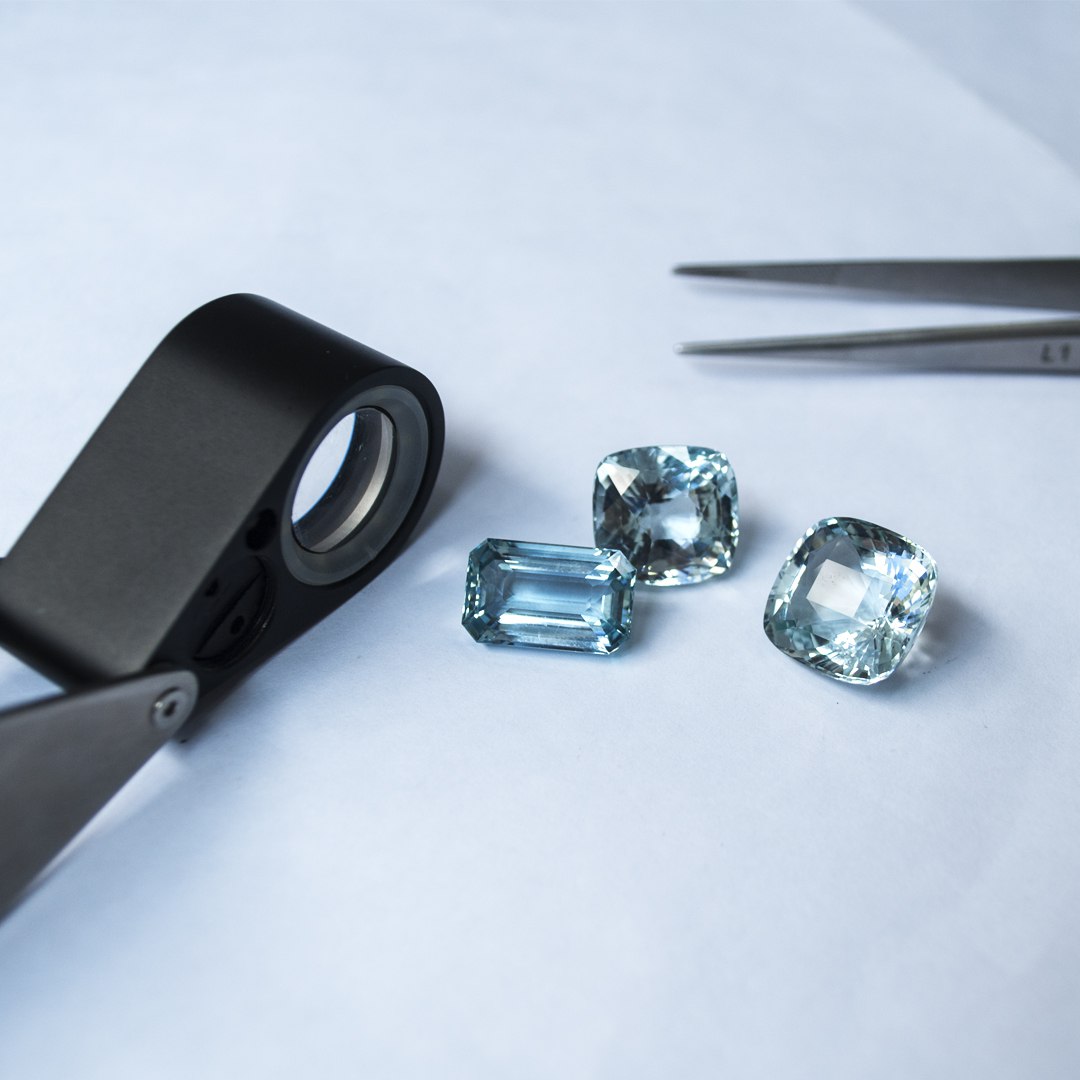
Leave a comment
This site is protected by hCaptcha and the hCaptcha Privacy Policy and Terms of Service apply.